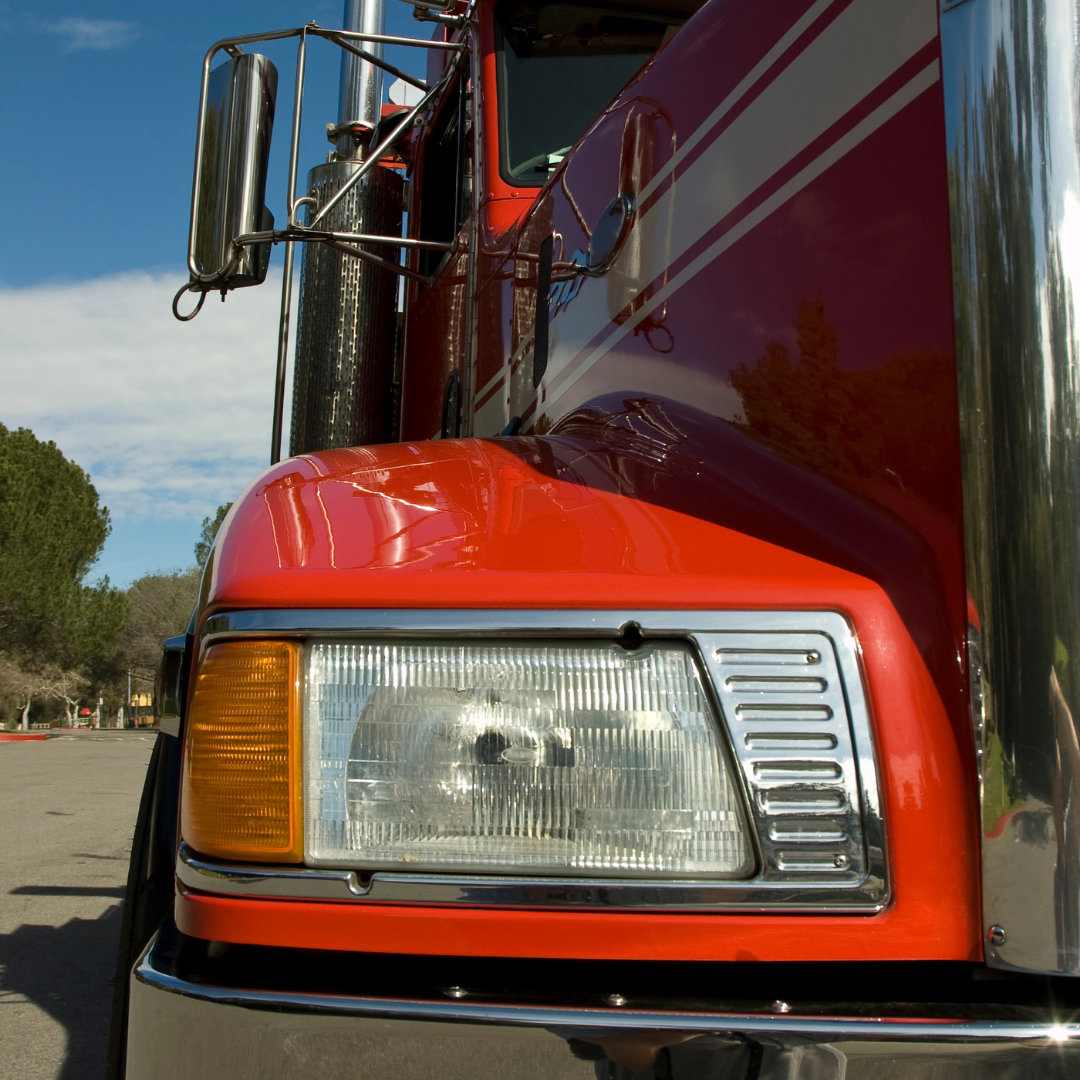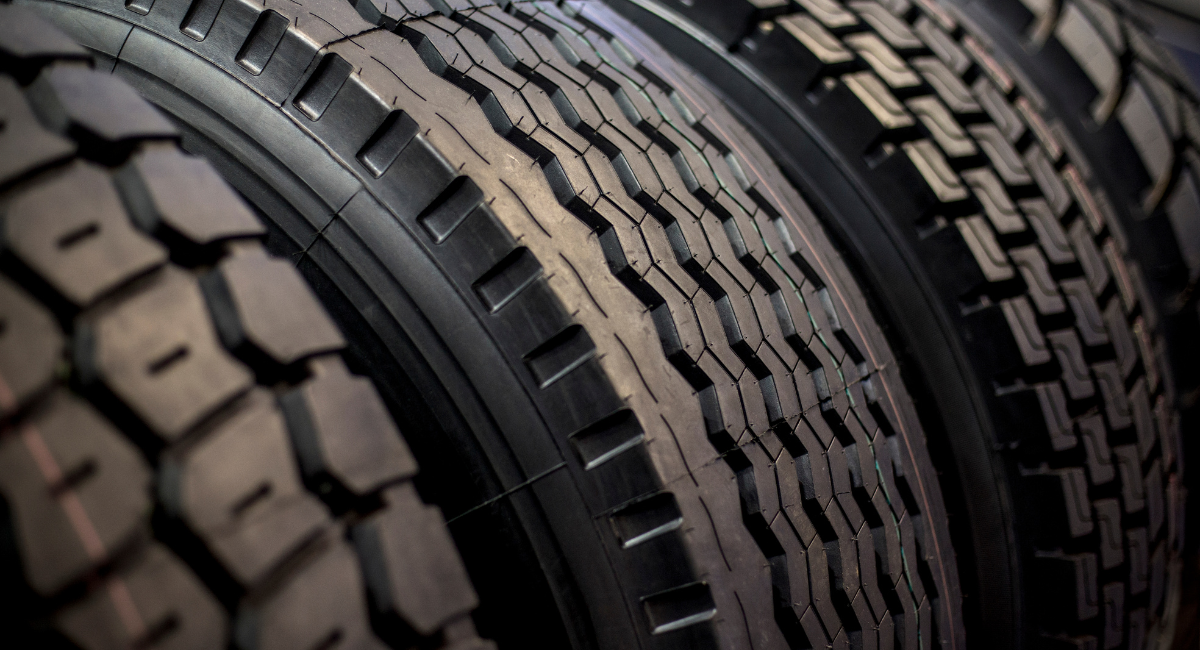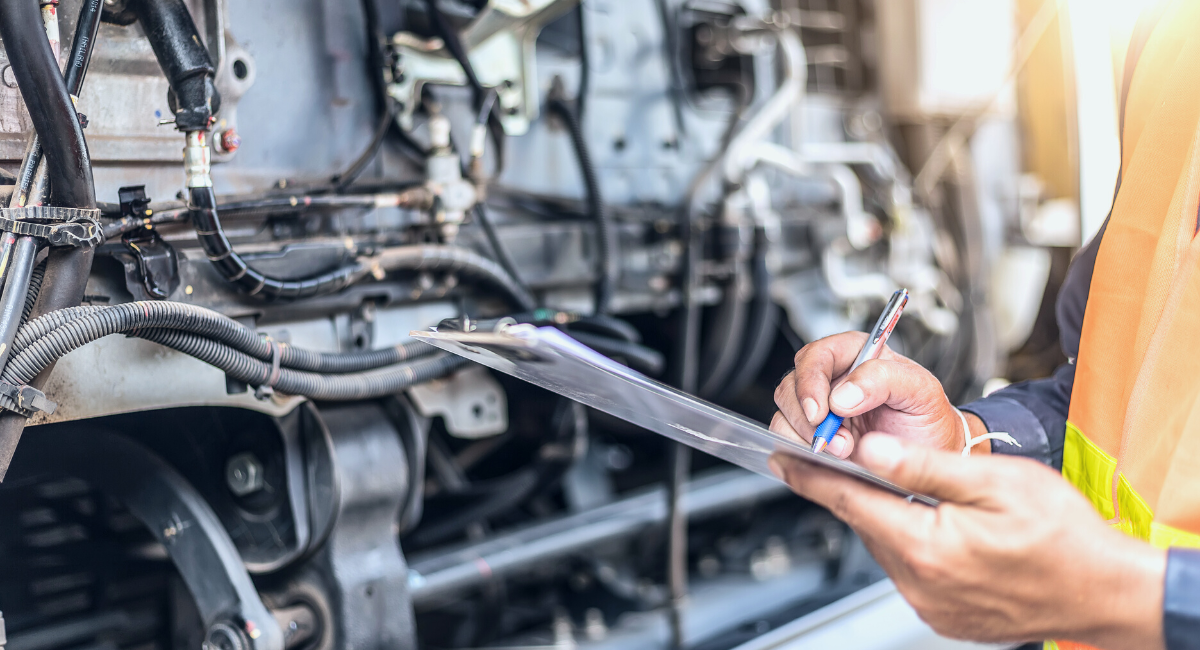There are dozens of lights, blinkers, and reflectors on semi-trucks and buses that the driver uses to communicate their intentions with other drivers and avoid accidents.
When you’re out there on America’s highways, you won’t go far without seeing a semi or bus signaling their intentions to turn left or right. Even though trucks and buses are much bigger than their four-wheel peers on the highway, without these lights to warn other drivers of their next move, it could cause a severe accident.
When you see a tractor-trailer coming your way, and they give you a quick double-flash of their headlights, that means they just passed a speed trap, and even though it is illegal and they could get in trouble, it is a courtesy to other drivers.
When they flash more than twice, it could mean some other type of danger or hazard ahead, but the message you should take is to slow down. If you wish, you could provide the same courtesy, but beware; it might be illegal.
Another courtesy is that when a truck or bus passes you, you can quickly flash your lights to let them know it is safe to merge back into the non-passing lane. They’ll appreciate it. You might even see them flash their lights to say thank you.
Another hotly contested debate is daytime running lights (DRL). They’re not required in most states, and those requiring them have a visibility limit tied to their use. Many require their use when you use your windshield wipers or when visibility is less than 200 yards. Most commercial motor vehicle drivers know the law in the states they frequently drive through. Novice drivers should check before they enter a state.
How Often Should the Lights Be Checked on a Tractor-Trailer or Bus?
There are mandatory daily checks required from the DOT FMCSA for trucks and passenger-carrying vehicles in each state along your route. If you do the Driver Vehicle Inspection Report (DVIR) before your scheduled trip, make necessary repairs and replacements, maintain the correct number of emergency replacements, keep the DVIR in your logbook or folder and update it after each overnight stop, chances are you are compliant with the FMCSR.
However, when your truck or bus goes in for scheduled maintenance, part of those checks and maintenance should include a thorough check of lights and reflectors.
Plus, maintaining your lights and reflectors will save you from accumulating Compliance, Safety, Accountability (CSA) severity points at roadside inspections.
Contact Ultimate Fleet Repair (UFR) for Your Fleet’s PM
Call the UFR professionals to schedule PM at (651) 454-8775 or use the handy contact form.






